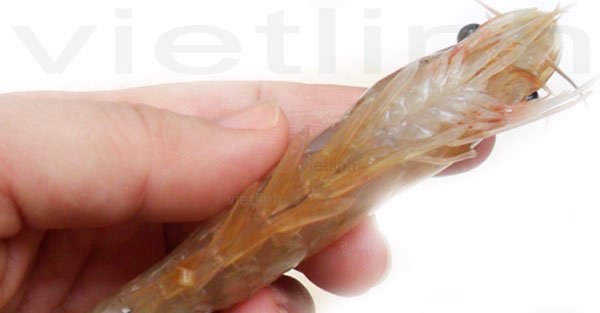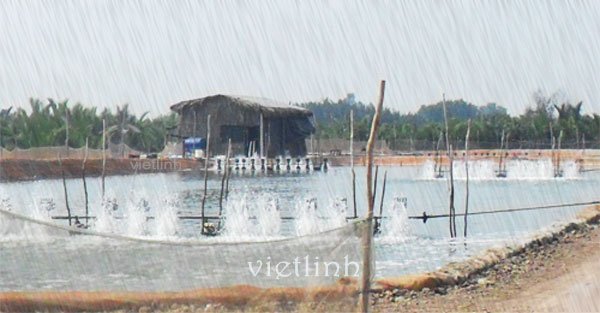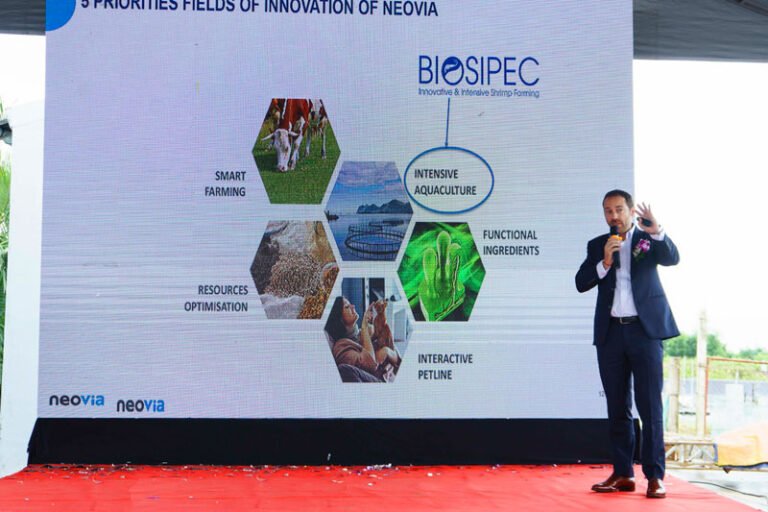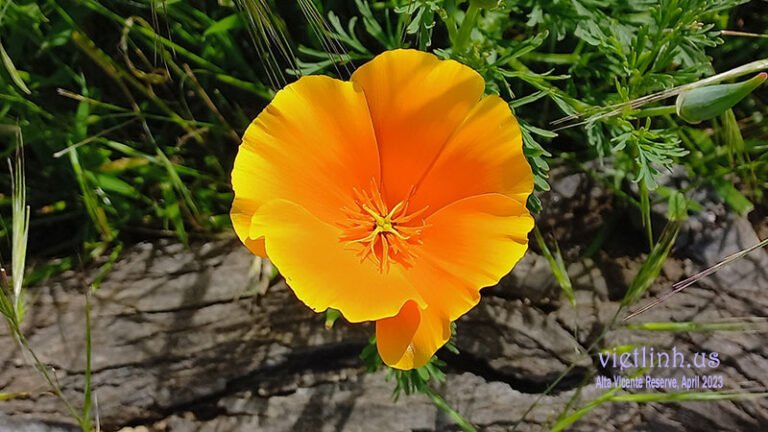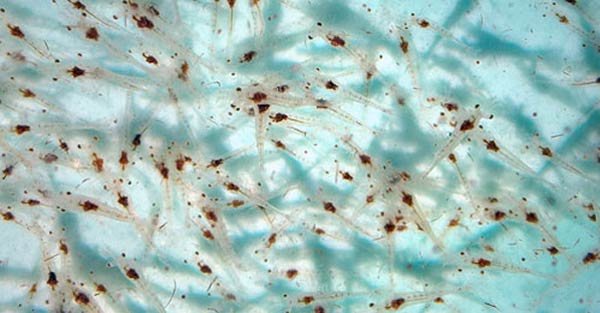What are farming techniques of Pangasius in Mekong River Delta in Vietnam?
In Mekong River Delta in Vietnam, there are three main farming techniques: intensive pond, floating cage and net-pen enclosure farming.
Floating cages:
The cages are made from steel or wood, and have two parts: the under-water part and the floating part. The cages is anchored at a certain place in the river by 14 tholes planted deeply into boom of the river. The floating part is handled at the surface of water by the system of many plastic tubes along the cages. Thank to the constant stream of the Mekong river, fish farming in cages enjoys favourable natural condition, with white meat meeting high standards. Floating fish village is the farming area established by thousands of fish farming cages.
Pond farming:
The depth of pond must be at least 3 metres; regularly change water and clean the pond. Farming fish in ponds has some advantages: it is easy to control the pond’s environment, cost effectiveness, and high production. However, attention need to be put on water quality and environment control.

Net enclosure:
Net enclosure (or “Dang quang” in Vietnamese) is a farming area that has been separated in the river by fences, located near the river bank, so that the river flows still run through the net. This way of farming is relatively new and allows to stock higher density, as well as harvest very good fish.
Among which, pond farming gives highest production, while cage farming and net-pen enclosure farming give better flavour of fish.
Viet Linh ST


